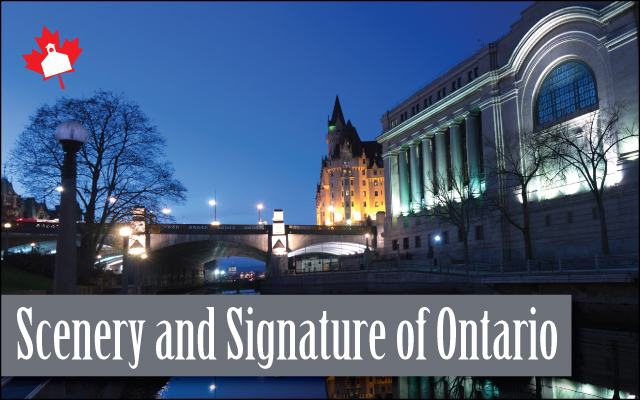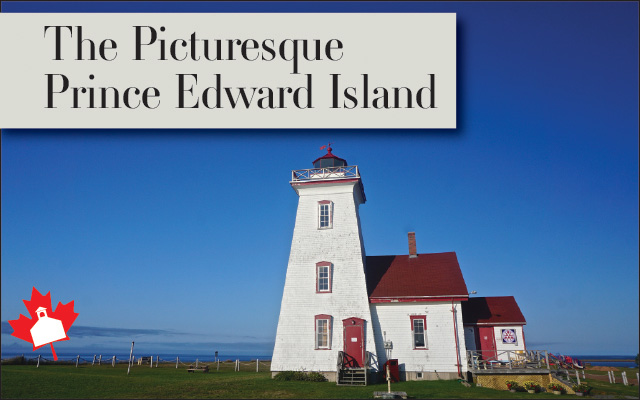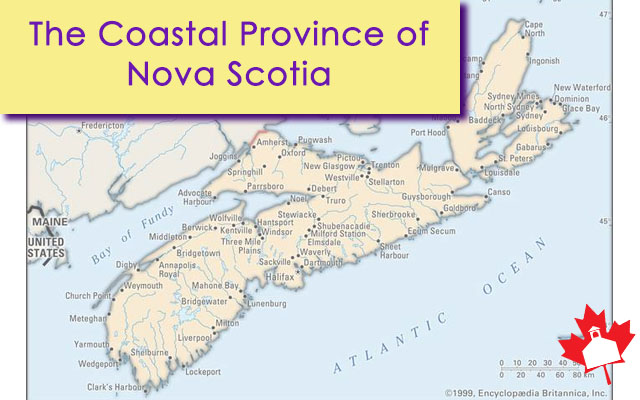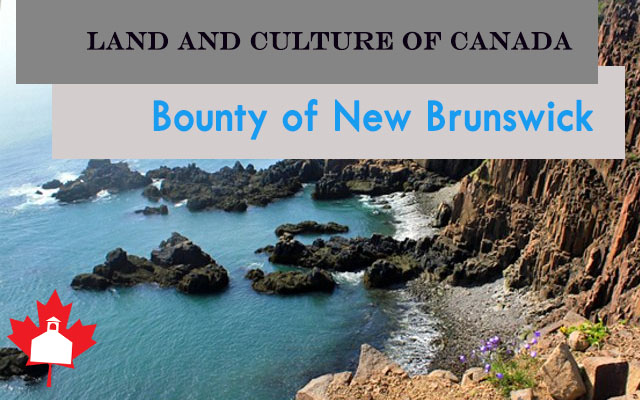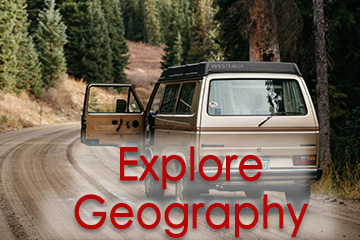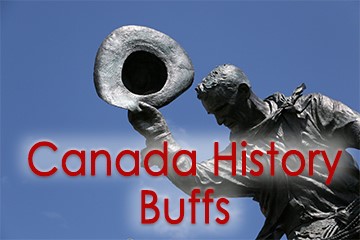
This series on the land and culture of Canada covers each province and territory with a focus on engaging and factual articles for homeschooling. You'll find interesting highlights of the beauty and unique features of the landscape and the people. Read articles that provide quality content for Canadian geography education that you can teach at home. Enjoying sharing these facts, stories, and additional resources with your kids!

Prince Edward Island, Canada’s smallest province, is a very popular tourist destination in the summer. From the red and white sand beaches to the girl with the red braids (Anne with an E!), people travel from far and wide to explore. PEI is accessed through New Brunswick by bridge or by Nova Scotia by ferry. The ferry brings you to the eastern end of PEI while the bridge is more western.

Did you know that each province has its own provincial flower? Do you know what the provincial flower is of the province you live in? As spring arrives across Canada, learn more about each province’s flower and give the activity a try!

Yellowknife, NWT is a beautiful and excitement-filled travel destination that is not well-known to most Canadians, except those who live in the north. However, for those who live near enough to travel there for Yellowknife camping, or have the privilege of living there, the possibilities for adventure are endless.
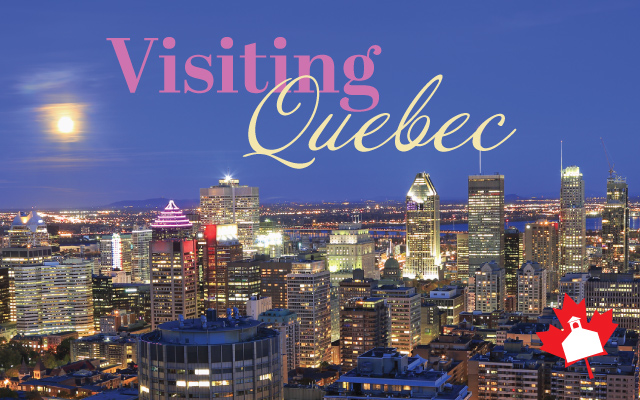
Quebec is one of the 13 provinces in Canada, and it is the biggest one in land mass. It has a colourful fall with its continental seasons, a lot of snow in the winter (and heavy snow), a very warm and hot summer accompanied by a lot of humidity, and a beautiful spring with yummy and sweet maple syrup.
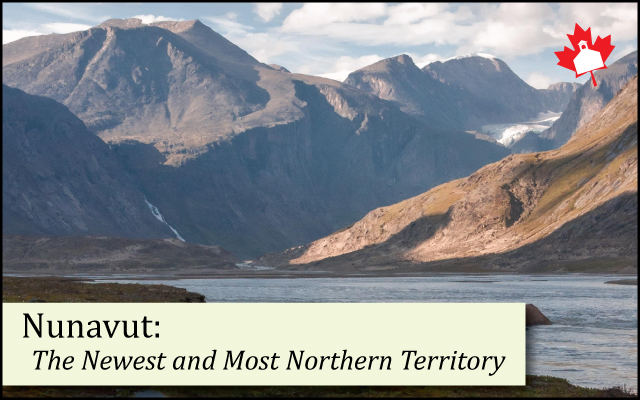
What do you picture when you think of Nunavut? Many would say that igloos, snow, polar bears and northern lights come to mind, and they are right! But there is so much more to Nunavut than that. When we received our first posting to this territory, I was incredibly nervous. But in the end, moving to Nunavut is one of the best things that happened to our family.
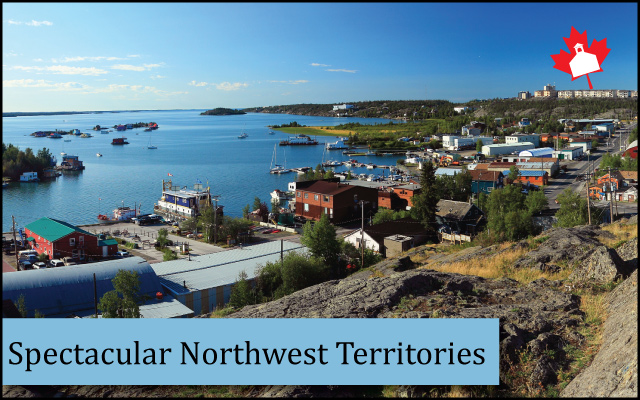
The Northwest Territories is located north of the central Canadian provinces and is bordered to the west by Yukon and to the east by Nunavut. It is the most populous of the three territories. There are three geographical regions that make up this territory: the arctic archipelago, the arctic mainland, and the Mackenzie Valley area.
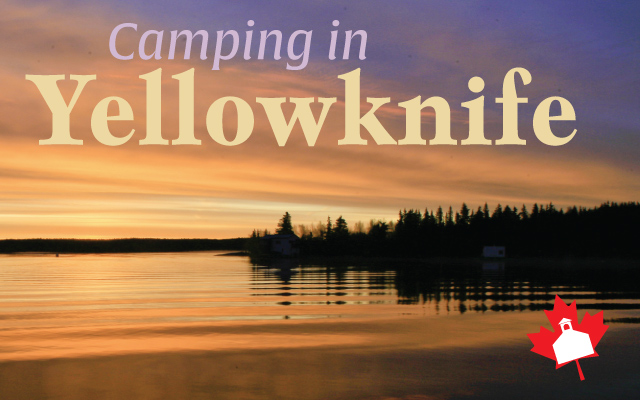
While travel restrictions lately have kept many of us from experiencing provinces and territories we don’t live in, hopefully that will be changing soon. Anyone who lives near enough to drive to Yellowknife absolutely should! If you are in northern Alberta, you could definitely make this type of trip. It is so educational to see such a northern climate and landscape and to experience the various wildlife and sites of this wonderful city. Whether you prefer to visit unique local shops and eateries, see historical sites, or if you are more into an active outdoors visit, this city has something for everyone. If you want to camp in the Yellowknife area, you have three main options for campgrounds with each one having its own perks.
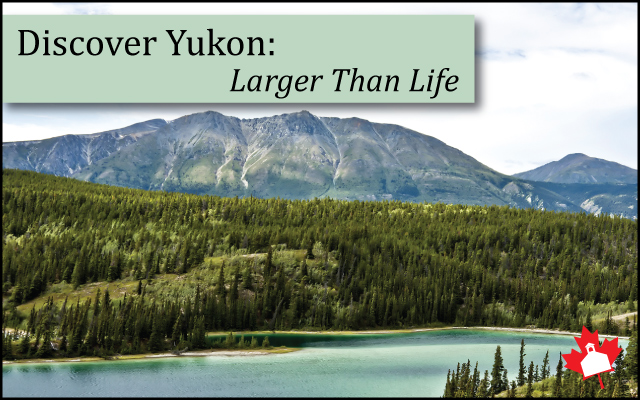
The Yukon is a beautiful territory comprised of mountains and plateaus in northwestern Canada. Still considered a frontier, the Yukon boasts a small population and plenty of untouched wilderness. The majority of the population of Yukon rests in the central plateau surrounded by mountains, providing a spectacular view and some of the highest mountain peaks in North America.
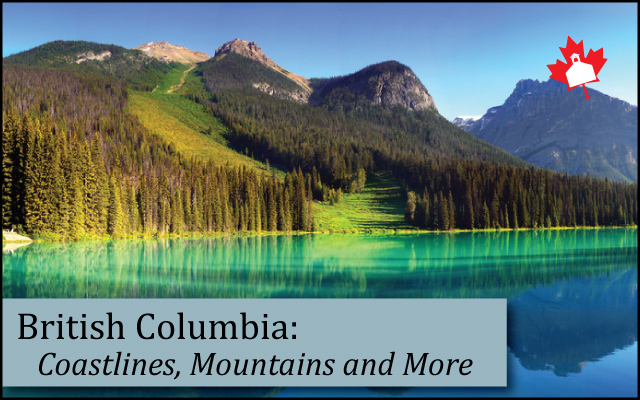
Nestled between mountain ranges, the plains, mountains, and ocean make this province a destination of its own. The beauty of the variations in land and view make every part of British Columbia a little different.
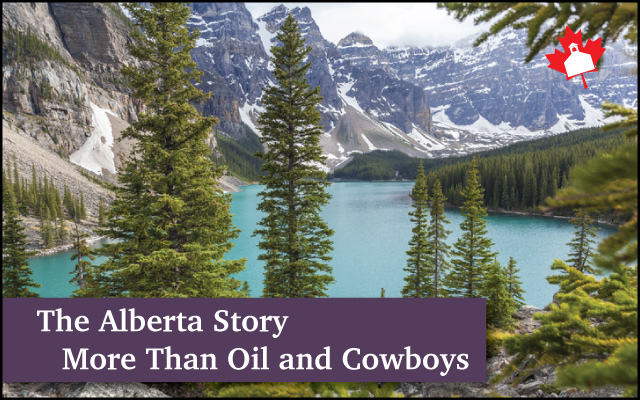
Alberta became a province of Canada on September 1, 1905, after a rather quick increase in population through immigration. The land of Alberta is diverse in its qualities and is divided into three natural regions (physiographic regions): Cordillera (Western Mountain Region) is a small section in the southwest of the province, Interior Plains is the majority of the land, and the Canadian Shield takes up a northeastern slice at the border of Saskatchewan. This diversity in the land features, along with it having the largest deposits of oil and natural gas in the country, make it a popular destination for living and visiting for Canadians and international travellers.
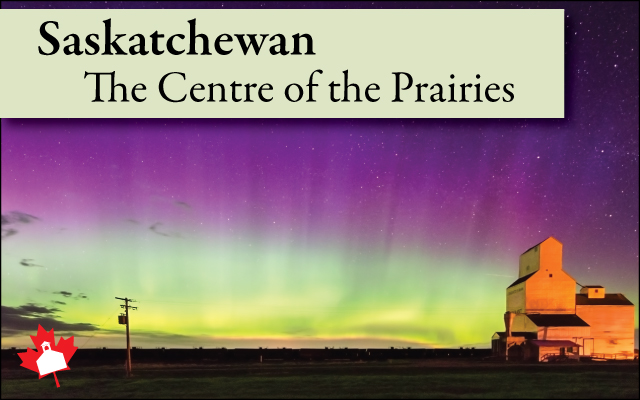
Landlocked in the middle of Canada, Saskatchewan is bordered by Alberta, Manitoba, Nunavut, and the Northwest Territories. Saskatchewan is the only province without a natural border and has quite a distance to the bodies of water surrounding Canada.
The beautiful prairies provide unending horizons and serenity. There are many areas to explore and history abounding in this less visited province.
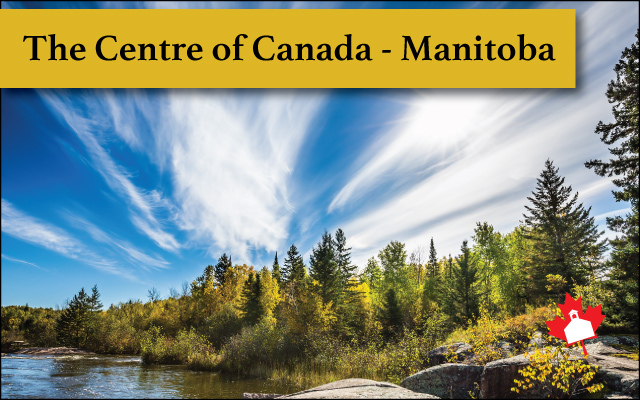
Manitoba, one of the three prairie provinces of Canada, is located in the centre of Canada and boasts of 100,000 lakes and waterways. Home to more than 1.2 million people, Manitoba is an area of open spaces and rolling fields as well as an arctic tundra.
The province of Ontario has much to offer for tourists and residents alike. The vast land contains 3 of the 7 Natural Regions of Canada: Hudson Bay Lowlands, St. Lawrence Lowlands and the Canadian Shield. With the country’s capital, Ottawa, near the eastern border of the province, the regions’ abundant and distinct landscapes, and the concentrated areas of lakes and rivers, there is a favourite destination for everyone.
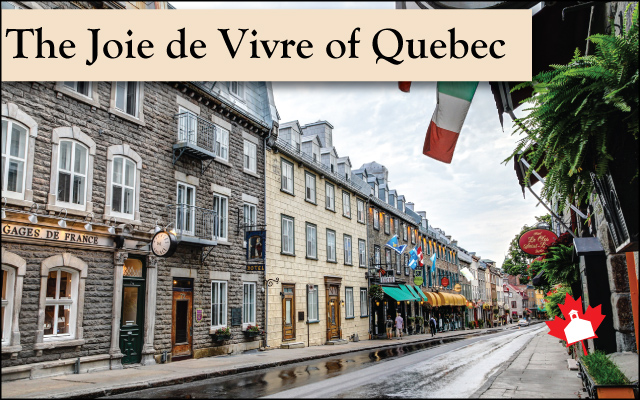
Canada is considered a bilingual country with French and English both being the official languages, but you won’t hear French across the country like you do in Québec. The language that embodies the history of Canada’s founding and the culture of European settlers from France is still genuinely represented in the largest province (by area) of the country.
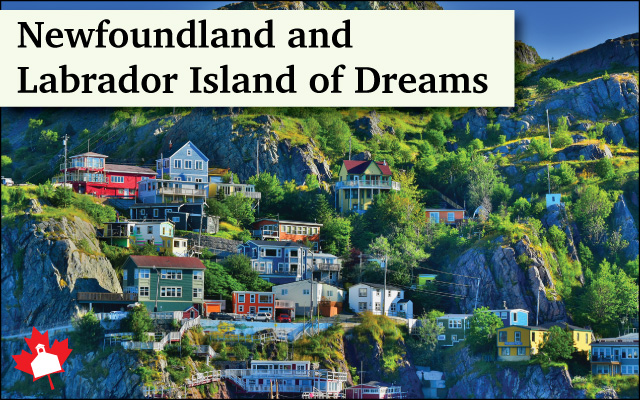
Newfoundland and Labrador is the newest of Canada’s 10 provinces; they only joined the confederation in 1949. It is also the last of our maritime provinces that we have been exploring with The Land and Culture of Canada series. Its name was officially changed to Newfoundland and Labrador in 2001.
Prince Edward Island is a beautiful and scenic island that attracts hundreds of thousands of tourists each year. The island offers lots of fun activities and places to visit. It is mostly pastoral with red soil, white sandy beaches, and scattered communities throughout the province.
PEI is known as “The Garden of the Gulf” and is located along the Gulf of Saint Lawrence, north of Nova Scotia and east of New Brunswick. The body of water between these three provinces is called the Northumberland Strait.
Nova Scotia is one of the three maritime provinces in Canada. It is a beautiful and picturesque province that is well-known for its high tides, yummy lobster, blueberries, fish and apples. It also has a well-known history of over 350 shipwrecks on Sable Island (which is a 44 km long sandbar) that lies about 300 km off the coast of Halifax. These shipwrecks mainly occurred before 1947 when navigation systems weren’t as advanced. There was also the tragic explosion when two ships collided in the Halifax harbour (one of them filled with explosives) in 1917.
What the biggest province of the Maritimes lacks in coastline, it makes up for in beautiful rivers and sprawling forests. New Brunswick is one of the three provinces that are known as the Maritimes, the other two being the slightly smaller land of Nova Scotia and sweet little patch of land, Prince Edward Island.


